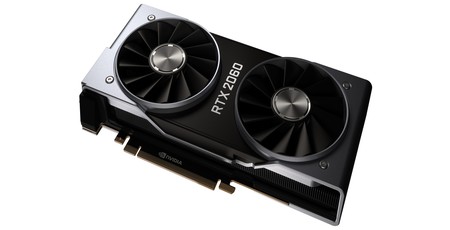
Conclusion
DLSS and real-time ray tracing may be largely unproven still (we’re working on adding the games that do have RTX features into our suite), but what makes the RTX 2060 a stronger launch than previous RTX ones is that it doesn’t need to refer to these technologies in order to command dominance, as its price-performance ratio in non-RTX-enhanced gameplay is better than the cards that sit above, below, or near it pretty much without exception.
Comparisons to the RX 590 are perhaps a little too far given the near-£100 price difference, and AMD’s Polaris silicon will continue to find buyers that refuse to spend more than £300, but the RTX 2060 FE makes a compelling case for doing just that. Meanwhile, without some decent price cuts, both RX Vega 56 and RX Vega 64 are looking a bit ropey. The former, for instance, is £350, but it’s slower on average and also way more power-hungry and thus demands much bigger cards than this lean, mean, partially green graphics machine. That’s potentially problematic for AMD, as the upcoming 7nm Radeon VII is seen as more of a competitor to RTX 2080 and unlikely to affect the standings at this level.
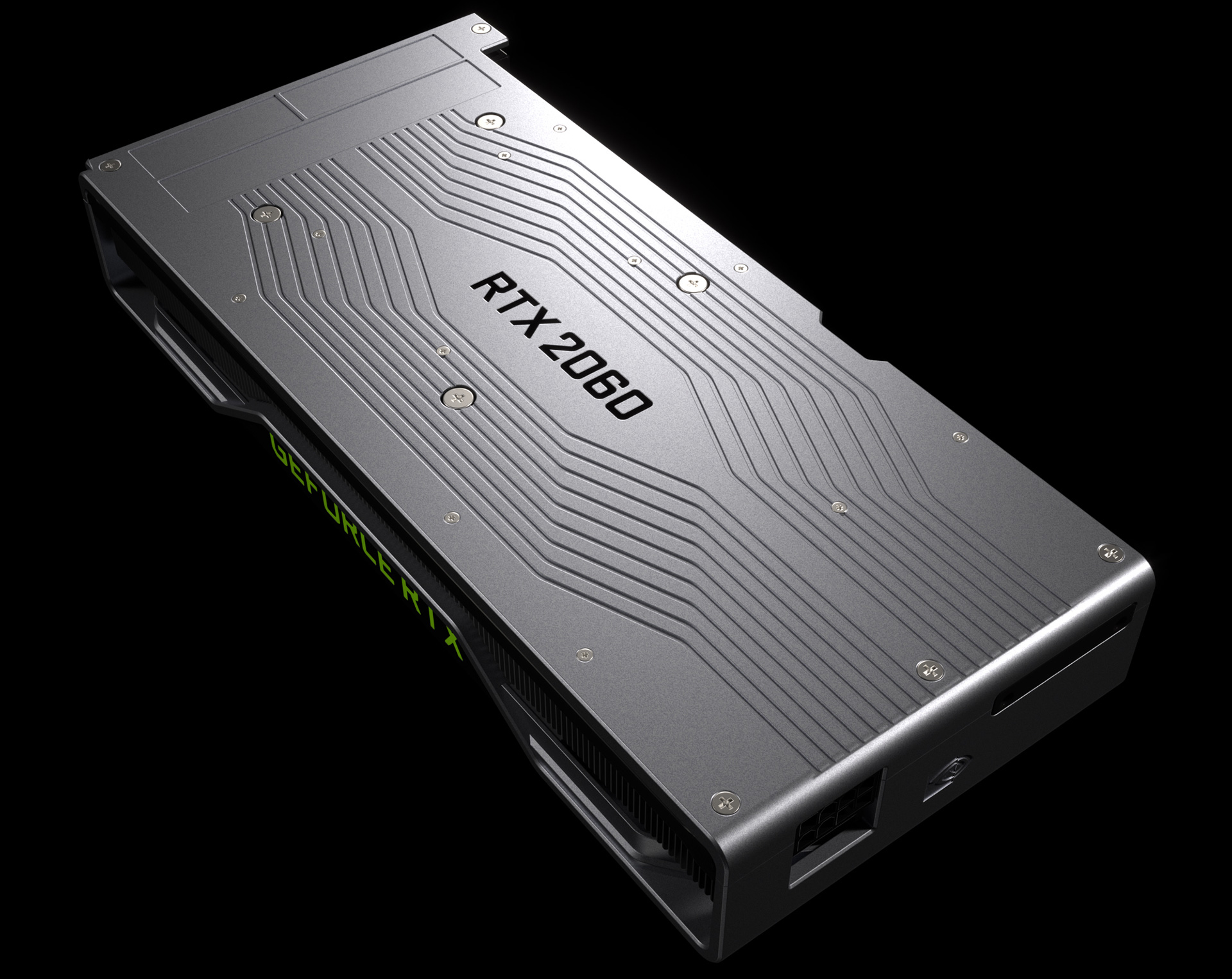
We would also argue, though, that RTX 2070 has been put on shakier ground by its hampered sibling here. Even where the cheapest models are concerned, you’d be spending a lot more for not a lot more performance. RTX 2070 won’t really allow you to move up to 4K much more than RTX 2060 will, although we admit that DLSS and ray tracing might scale differently, but that’s a very risky bet to make. Current pricing for GTX 1070 and GTX 1070 Ti also means that RTX 2060 comes off favourably.
Additionally, the news that Nvidia has also finally given in to supporting VESA AdaptiveSync as well as its own proprietary G-Sync monitors means that AMD’s FreeSync, which has hitherto been something of a silver bullet for the company, may turn out to be made of lead after all. The driver enabling this is due next week, and exactly how it works will need looking into, but this is potentially another blow to AMD that it can ill afford to absorb right now.
The icing on the cake is again the Founders Edition card. Using binned ‘A’ variant GPUs, it will in theory boost and/or overclock better than competing stock speed parts which will in all likelihood use non-binned GPUs, although there’s no guarantee there. Third-party designs that are significantly better than the FE in one or more areas, meanwhile, are likely to come with hefty price premiums that negate their advantages, although we’ll have to see how the market shapes up regarding those next week. In short, though, the RTX 2060 Founders Edition is built like a tank, offers acceptably low temperatures and noise levels, and comes in a pleasingly small and attractive package.
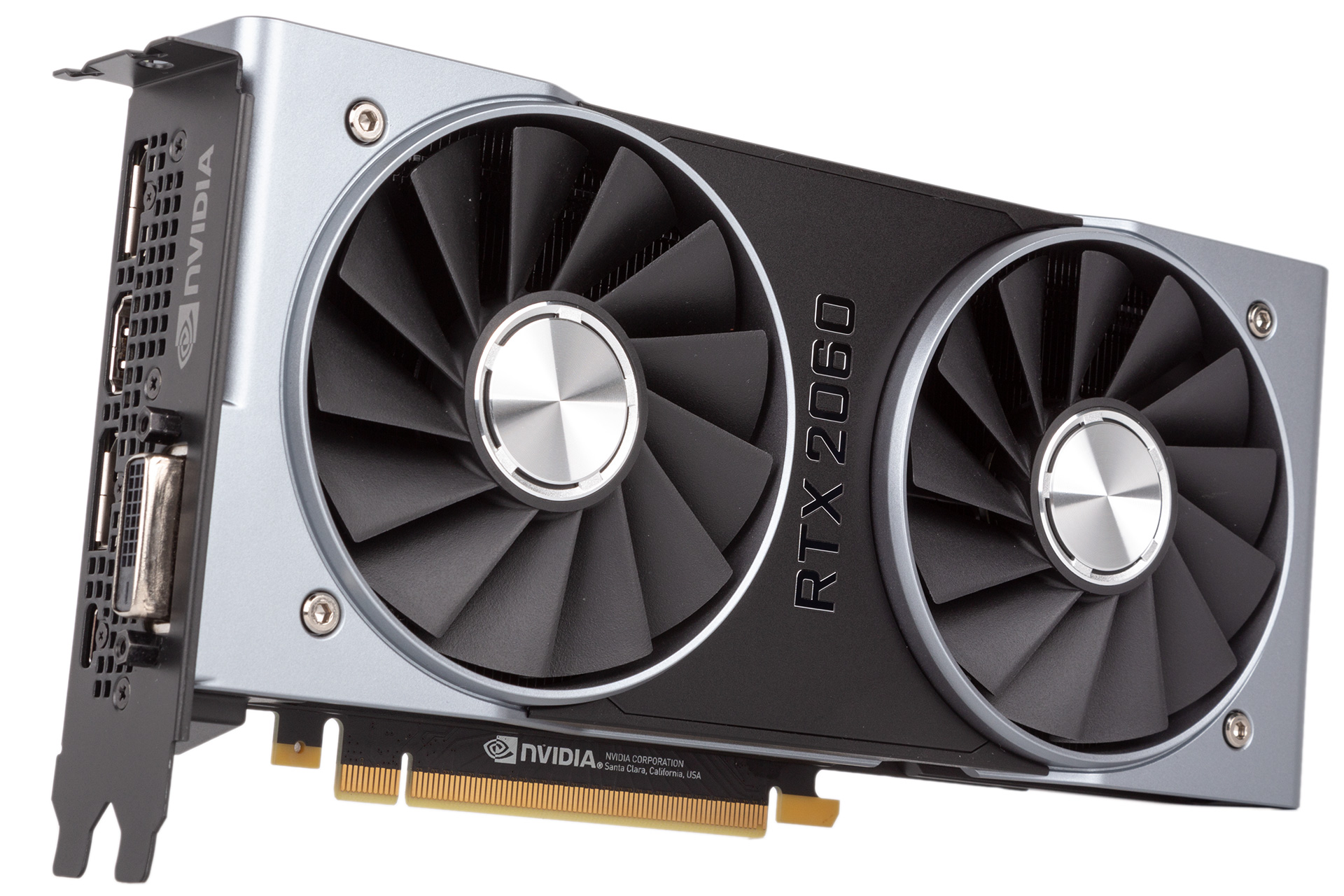
The last factor to consider are the game bundles offered by Nvidia and AMD. The ‘Game On’ deal from Nvidia will get you either Battlefield V or Anthem with the RTX 2060, while AMD’s ‘Raise the Game’ bundle is arguably better value (game quality notwithstanding) since RX 590 and both Vega parts qualify for three free games instead of one, including Devil May Cry 5, Resident Evil 2, and Tom Clancy’s The Division 2. Whether that factors into your purchasing we’ll leave to you, but those are the facts.
Despite its XX60 name and Nvidia’s marketing, mainstream this card is not. It’s very much a high-end card, and it has the price, 1440p gameplay credentials, and build quality to prove it. Nvidia may or may not suffer from this naming choice from a consumer stance, but anyone who looks at the numbers in the graphs rather than those in the name will reveal that this is very much the card to have at the ~£350 price point. Questions do linger over the longevity of its 6GB frame buffer, but for 1440p it's likely a safe bet, and this is thus an easy recommendation if you’re shopping at this price level.


MSI MPG Velox 100R Chassis Review
October 14 2021 | 15:04

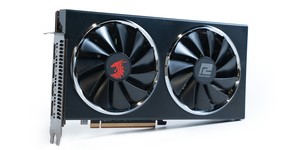
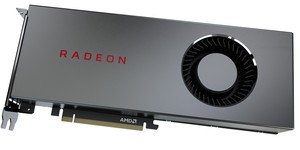
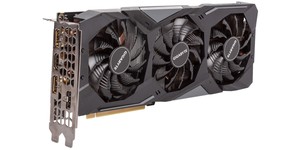




Want to comment? Please log in.